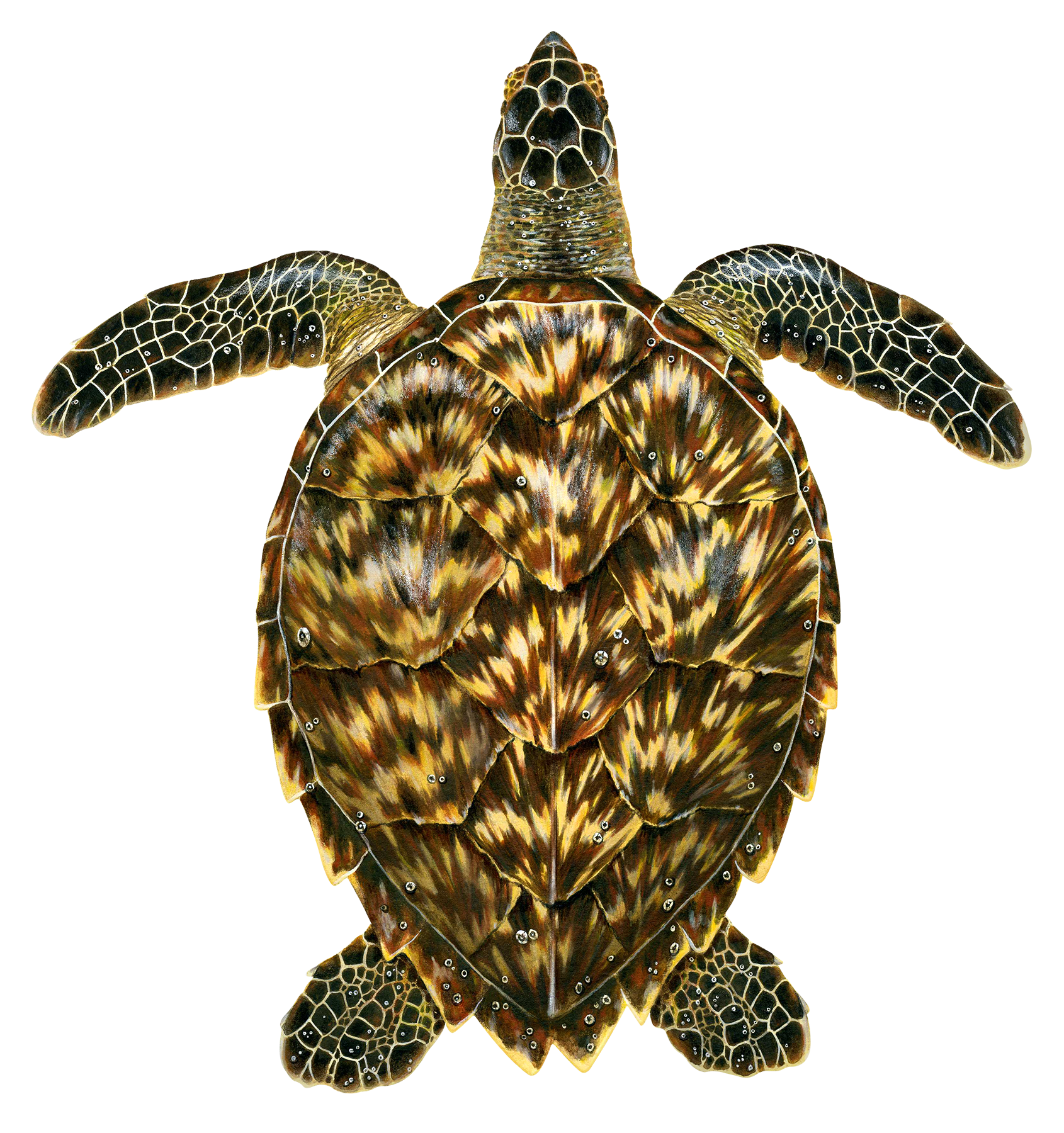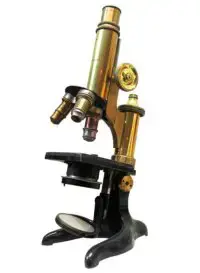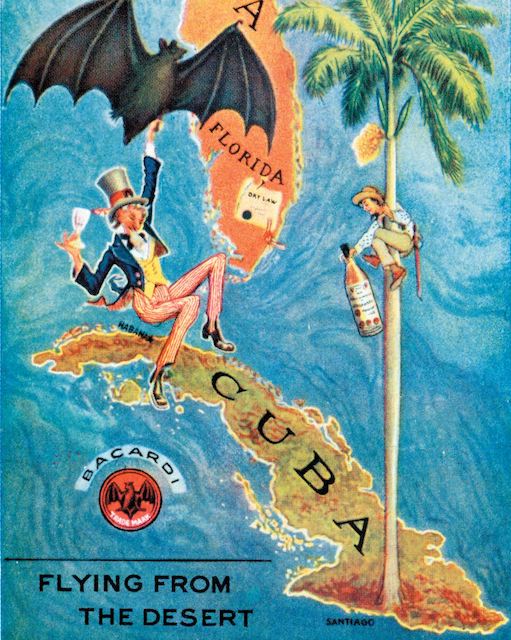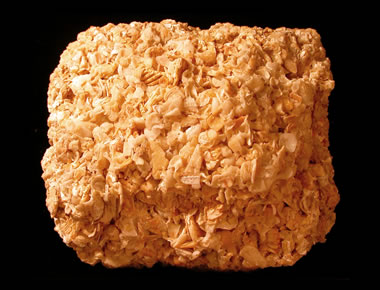Lincolnville Museum and Cultural Center
St. Augustine, FL
March 24th, 2022
https://www.lincolnvillemuseum.org
Description
Manillas are a form of money used in West Africa. They are particularly associated with the Atlantic slave trade. They're made of bronze or copper and were produced in large numbers in a wide range of designs, sizes, and weights. Originating before the colonial period, perhaps as the result of trade with the Portuguese Empire, Manillas continued to serve as money until the late 1940s and are currently still used as decoration in popular culture.

A shrine dedicated to the Buffalo Soldiers reminded me of Bob Marley's song. “Buffalo Soldier” is a famous song by Bob Marley and the Wailers. The lyrics of the song recount the illustrious fight put up by the members of the legendary 10th Cavalry Regiment of the U.S. Army during the American Indian Wars. The Buffalo Soldiers were established by the United States Congress in September 1866 and were famed both for their valor and for the fact that they were the first peacetime regiments made up of only black men in the United States Army. A main task of the Buffalo Soldiers was to protect the white men who settled on Native American lands. They protected these men from being attacked by the Native Americans.
In Conversation Image #2

https://www.floridashistoriccoast.com/blog/african-american-history-sea-floridas-historic-coast/
Passage/ Concept from ENG202
A passage from ENG202 that reminds me of the Lincolnville Museum and Cultural Center is "We Aren't the Only Species" by Craig Santos Perez. The poem addresses the comparison of man to animal. Its goal is for us to acknowledge that we in fact aren't the only species. The poem is essentially a list of "who" followed by a verb, all being things that both us and animals do but we fail to compare them as equal to us. The comparison of this poem and the Lincolnville Museum and Cultural Center become evident as people neglect the fact that animals are equivalent to as just as St. Augustine fails to acknowledge civil rights and black history in this town are just as important as other parts of our history. It is by far one of the greatest impacts in our cities history and it is truly embarrassing that trolley tours don't even ride through Lincolnville. It again is the failure to acknowledge something extremely relevant and equal.
Creative Component
For my creative component, I decided to make a collage of popular recipes from the 1920's layered under a photo I found in the Palace Market shrine in the Lincolnville Museum. I made the black and white photo of African Americans in the Palace Market in the shape of an orange slice, representing produce in the market. The Palace Market was opened by Frank Butler. His reasonable prices, high quality goods, and free delivery services prospered Butler's business to the community. There he offered roasts, steaks, ham, sugar, milk, and other foodstuffs to St. Augustine's residents. I made this collage using recipes from an article titled "11 Scrumptious 1920s Recipes Straight From the South"and an app called Collage Maker for the orange slice and Photo Collage Maker PicJointer for the recipes in the background. I have used collage apps before, but neither of these two until I made this creative component.























 https://geology.com/rocks/coquina.shtml
https://geology.com/rocks/coquina.shtml





 https://www.holytrinitygoc.com
https://www.holytrinitygoc.com https://www.britannica.com/animal/peacock
https://www.britannica.com/animal/peacock









